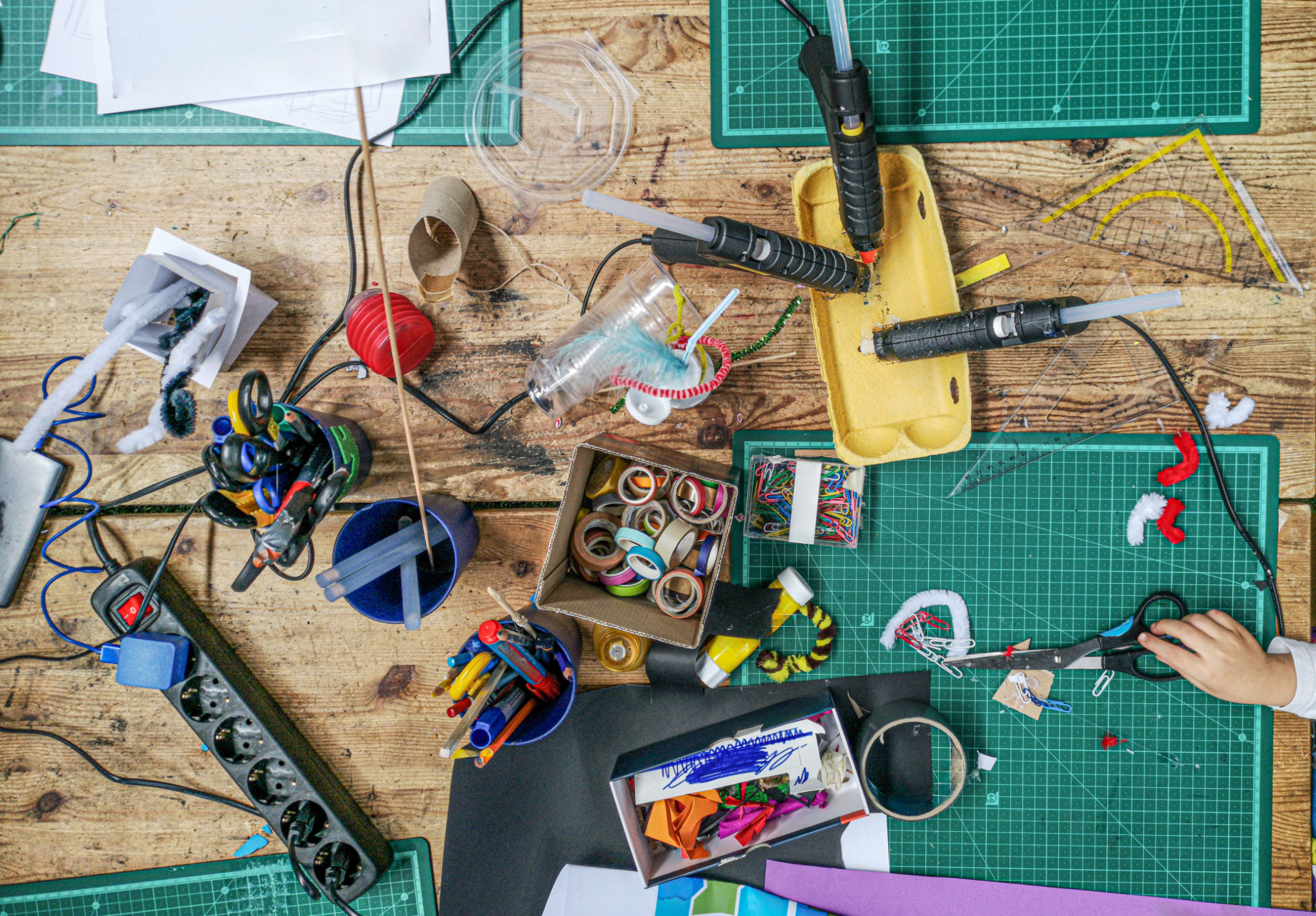Starting a Makerspace: Essential Tips for Schools and Libraries
Understanding the Makerspace Concept
A makerspace is a collaborative workspace where students and community members can explore, create, and learn through hands-on experiences. By incorporating technology, tools, and materials, these spaces encourage creativity and innovation. For schools and libraries looking to start their own makerspace, understanding the fundamental purpose is crucial. A makerspace should foster an environment that promotes problem-solving, critical thinking, and the development of new skills.

Identifying Your Makerspace Goals
Before launching a makerspace, it's important to identify your specific goals. Will the space be used primarily for STEM education, arts and crafts, or entrepreneurial activities? Consider what skills you want participants to develop and how the makerspace can complement existing programs. Clearly defined goals will help guide the planning process and ensure the space meets the needs of your community.
Engaging Stakeholders
Engaging stakeholders such as teachers, students, librarians, and community members is vital in the planning stages. Hosting brainstorming sessions and gathering feedback will provide valuable insights into what resources and activities will be most beneficial. Involving a diverse group of stakeholders ensures that the makerspace will be inclusive and widely supported.

Designing the Space
The design of your makerspace should reflect its intended use. Consider factors like location, furniture, and accessibility. A well-designed makerspace is flexible and adaptable, capable of accommodating various projects and group sizes. Incorporating movable furniture and modular workstations can enhance functionality and foster collaboration.
Choosing the Right Tools and Materials
Equipping your makerspace with the right tools and materials is essential. Start by investing in basic supplies such as scissors, glue guns, and measuring tools. As your makerspace evolves, consider adding more advanced equipment like 3D printers, laser cutters, or electronics kits. Always keep your goals in mind when selecting tools to ensure they align with your educational objectives.

Developing a Curriculum
A well-structured curriculum can enhance the learning experience in a makerspace. Create lesson plans that integrate with existing educational standards while allowing for creativity and exploration. Collaborate with educators to develop projects that incorporate multiple disciplines, such as combining art with technology or engineering with mathematics.
Training and Support
Providing adequate training for staff and volunteers is critical to the success of your makerspace. Offer workshops and resources to help facilitators become familiar with tools and technologies. Additionally, encourage peer-to-peer learning among participants to foster a collaborative culture.

Promoting Your Makerspace
Once your makerspace is up and running, it's important to promote it within your community. Utilize social media, newsletters, and local events to spread the word. Highlight success stories and showcase projects to demonstrate the value of the makerspace. Engaging marketing efforts can increase participation and ensure the long-term sustainability of the space.
By following these essential tips, schools and libraries can create vibrant makerspaces that inspire innovation, creativity, and lifelong learning in their communities. Investing time in planning, design, and promotion will result in a dynamic environment where everyone can thrive.
